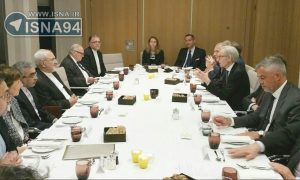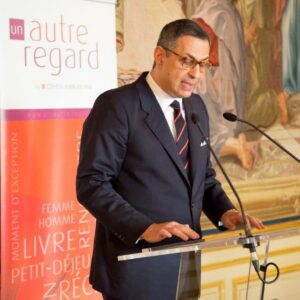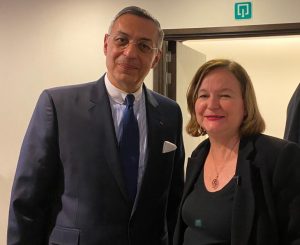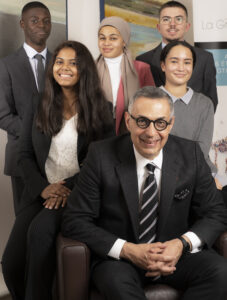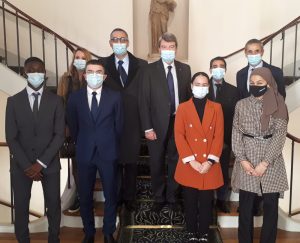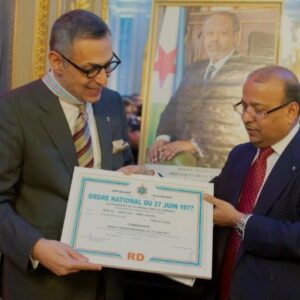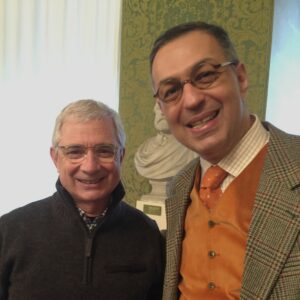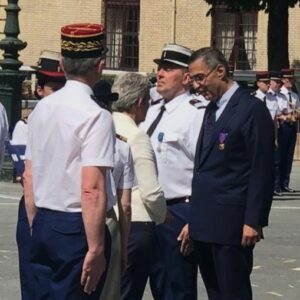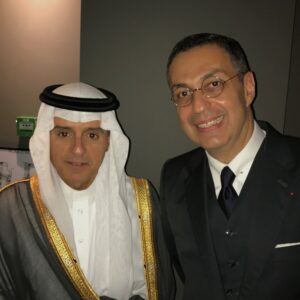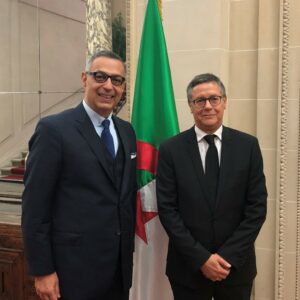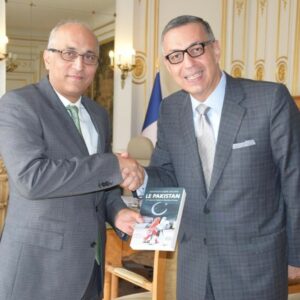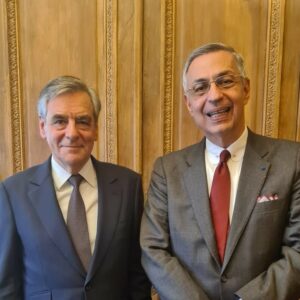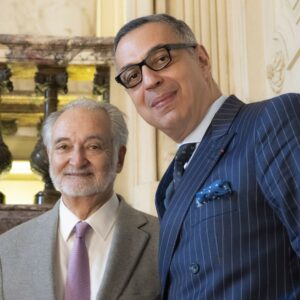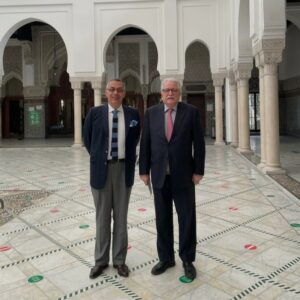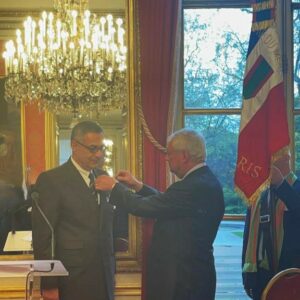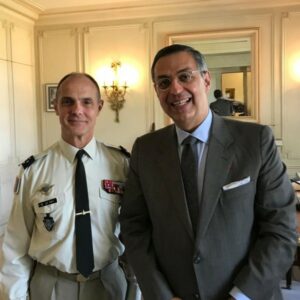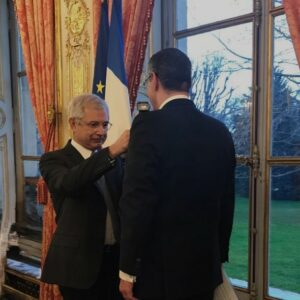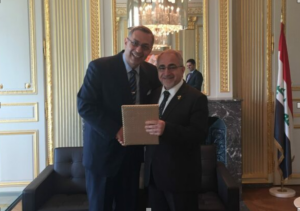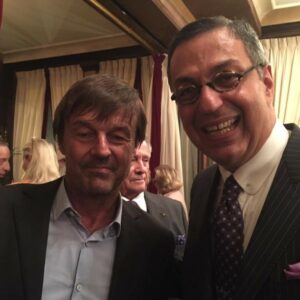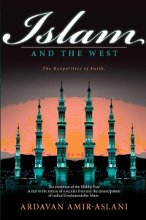 “Iran feels isolated and different from other countries. It is a nation or a people that wish to claim allegiance both to the ancient heritage of Persia and to its identity as a Shiite state in the midst of a hostile Arab and Sunni environment. Iranians are also more open to the outside world than any other Muslim people: a large part of its population is Westernized or aspires to the ‘Western way of life.’ they are proud of their rich culture and find it painful to have experienced a Renaissance of their own, only to be ostracized by the international community that considers them to have gone back to the Middle Ages. Today, what Iran wants above all is to relive that glorious time, to return to Persia. »
“Iran feels isolated and different from other countries. It is a nation or a people that wish to claim allegiance both to the ancient heritage of Persia and to its identity as a Shiite state in the midst of a hostile Arab and Sunni environment. Iranians are also more open to the outside world than any other Muslim people: a large part of its population is Westernized or aspires to the ‘Western way of life.’ they are proud of their rich culture and find it painful to have experienced a Renaissance of their own, only to be ostracized by the international community that considers them to have gone back to the Middle Ages. Today, what Iran wants above all is to relive that glorious time, to return to Persia. »
“Change will also come from the clergy, and in particular the high clergy. This is Iran’s Kafkaesque dimension. A cleric created the Islamic republic and clerics will lead the country to secularization. This change will then have consequences for the entire Muslim world. “While the fall of the Berlin Wall symbolized the end to the Cold War and the East-West antagonism, new blocs, along with potential clashes, have appeared some twenty yearslater. The evolution of the Middle East is tied to the confrontation between Shiite Iran and the Sunni Arab world. As long as Iran has not returned to secularism the Middle East will continue to burn with religious sectarianism. Since no solution can be found, the most extreme reactions will continue.”
From Islam and the West : The Geopolitics of Faith.
By enigma books. Available on Amazon.



